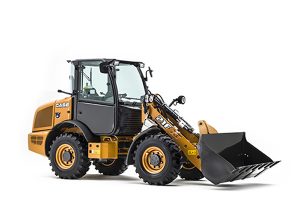Scaffolding in Construction
There is quite a range of scaffolding types that are generally used in construction, however whether it is static, rolling, or any other type of construction, the general point of remains the same, to provide a safe and stable platform workers and materials temporarily whilst work is carried out.
Mostly to be seen on building sites, scaffolding structures and other tower frames are used for a variety of purposes.
It is often to be seen being used for building repair and maintenance work and to allow access to high areas such as roof-line, chimneys or in multi stored buildings, even window cleaning.
A project manager or experienced builder or contractor will choose the most appropriate type of scaffold structure relevant to the project.
The most recognisable and most commonly used form of scaffolding, is supported scaffolding, which is the type generally seen being employed in construction, and maintenance/repair work where height is needed.
Supported scaffolding is constructed from the base upwards, and is first choice wherever possible, usually being the most cost effective.
It is generally taken to be the safest, easiest, and most convenient form of elevated works platform. Different forms of supported scaffolding can be employed on an individual site-case, to each specific need.
In circumstances where it is not possible to build a base, suspended scaffolding may be employed. This type of scaffold is generally suspended from the roof or apex on a tall structure where access at height is needed, but it wouldn’t be practical to build from base to the required level.
This type of scaffolding is seen on tall structures such as chimneys or silos, or where window cleaners or building attention is required at high building levels, although supported scaffolding would be the first choice were it feasible.
 There are types of mobile scaffolding available, depending on the nature of the job requirement. Each project is unique in its way, and although movement of the scaffold will be a requirement, static scaffold would normally be the safety-first choice. Most scaffold is regarded as temporary, once the job is complete, it can be dismantled and transported to the next location to be erected again.
There are types of mobile scaffolding available, depending on the nature of the job requirement. Each project is unique in its way, and although movement of the scaffold will be a requirement, static scaffold would normally be the safety-first choice. Most scaffold is regarded as temporary, once the job is complete, it can be dismantled and transported to the next location to be erected again.
Fixed scaffolding is a very solid and secure platform and can be left in situ for greater lengths of time, should permanent or semi-permanent access may be needed at a high level.
Rolling scaffold uses castor type wheels which allow the base and scaffold to be moved. This type of construction is usefully employed should the work requirements call for a longer distance than a single scaffolding construction would allow. To ensure worker safety, the wheels must be locked when the scaffold is in use.